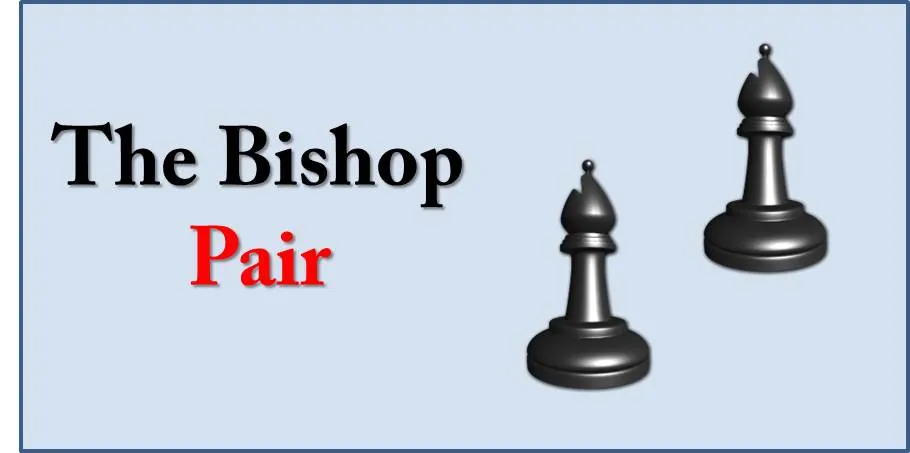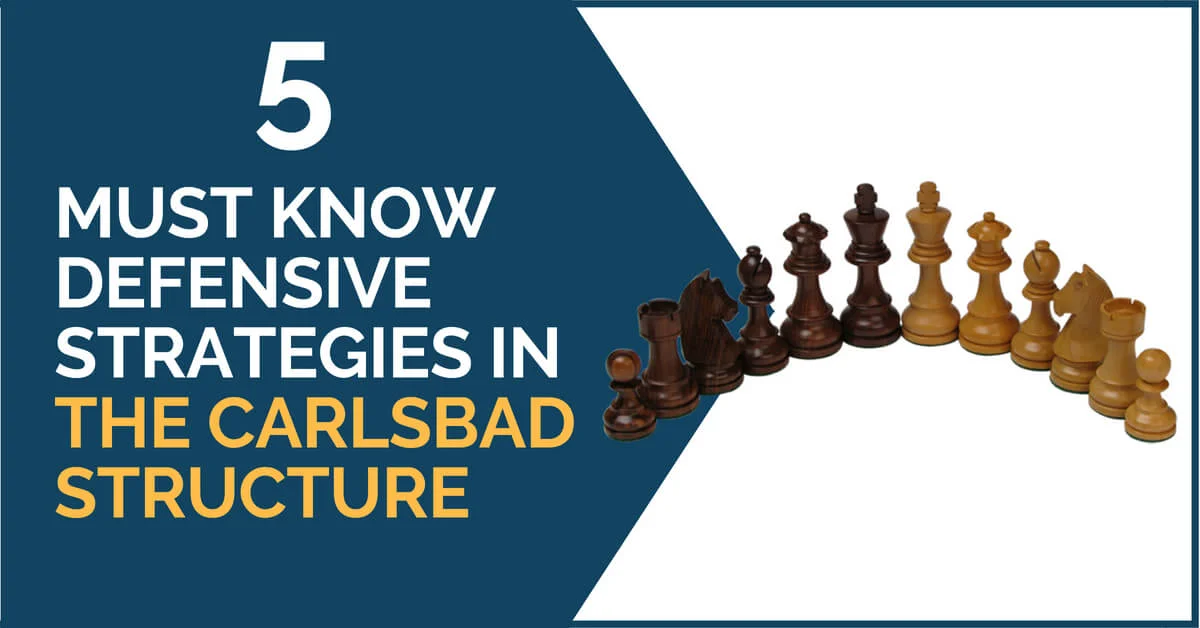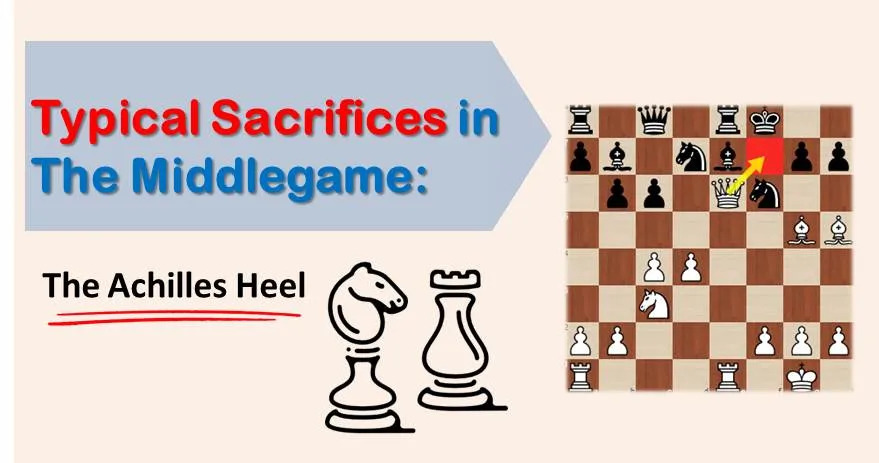The Bishop Pair: 5 Things to Know

In modern chess, the bishop pair has been established as a positional advantage in the majority of cases. It’s very common nowadays to hear teachers tell their students ‘keep your bishops’ or ‘capture that bishop’. In today’s chess, the importance given to this element has increased to the point that in some of the most popular opening variations, the main goal has become gaining the bishop pair.
We can see it in the Slav Defense, where after 1. d4 d5 2. c4 c6 3. Nf3 Nf6 4. e3 Bf5 5. Nc3 e6 6. Nh4, white seeks to eliminate the light squares bishop and fight the middlegame/endgame with the positional advantage of the two bishops.
The bishop pair can be a powerful advantage in any phase of the game. For example, it’s a lethal weapon on the attack against the king. It can also be very efficient in attacking weaknesses – one bishop can put pressure on the target, while the other attacks the defending piece. However, it is the endgame where it is particularly strong. In this article, we will show examples of the two bishops in action in different situations of the game.
First, let’s review some basic concepts that you should know when playing with the bishop pair:
- When fighting with the two bishops against the bishop and knight, we place the pawns on the same color as our opponent’s bishop. This way, we reduce the mobility of this piece;
- In the endgame, it will always be difficult for the side playing against the bishop pair to bring his king to the center, as it will run into annoying checks or even mate threats;
- We should always keep in mind that, once a bigger advantage is obtained, we can trade one of the bishops, turning the position into a simple winning endgame;
- When there are rooks on the board, it is useful to trade one rook in order to reduce our opponent’s defensive resources. This combination of rook + two bishops works very efficiently together;
- When playing the endgame with the bishop pair, we should try to create a passed pawn.
Let’s now have a look at the bishop pair in two different positions.
1. Bishop pair in endgame
In order to develop a positional understanding, it is necessary to go over the annotated GM chess game, and to think why certain moves were made. Only when you put yourself in the player’s shoes you will be able to fully understand the problems he was facing in the game and you will be able to improve your own chess. That’s exactly what you can do by studying our training course.
2. Attacking with the bishop pair
In these four games, we have gone through the main themes and ideas that can arise in the middlegames/endgames with two bishops. There are plenty of other examples, but knowing the basic concepts listed above will help you find the right plan in any similar situations.










Comments: